Moby Dick strain
$60.00 – $1,300.00
USA-UK-Canada are shipping FREE for orders over $450... USA-UK-Canada wide shipping only
about moby dick strain
Originating in Amsterdam and currently bred by Dinafem Seeds, Moby Dick is a high-THC cross between Indica-dominant hybrid White Widow and Sativa Haze; the former is known for its power while the latter for its cerebral stimulation, creating a plant that delivers a charged buzz. This strain is also favored for its short flowering period, mold resistance, and high yield, making it a favorite among growers. However, the plant does require more attention and care. The aroma is a sweet citrus from its Haze genetics, which dominates the palate with vanilla and eucalyptus notes.
moby weed information/review
The effects of this strain are highly psychoactive, due to a high count of tetrahydrocannabivarin (THCV). moby dick strain produces strong euphoria and gives spacey, happy, and slightly psychedelic sensations after only one or two hits. Some users feel creative and focused. The strong cerebral effects begin to diminish after about an hour, but the residual effects can last another two hours. These effects are coupled with pleasant body-numbing sensations. Strong and trippy, this strain induces an insatiable appetite. This mega-strain may result in dry eyes and mouth and lead to paranoia, dizziness, and anxiety when consumed in high doses.
Moby Dick is designed specifically as a strong medical strain. It is excellent for daytime use though patients may feel lazy a few hours after use. The cerebral effects are often used to combat the symptoms of stress, anxiety, and depression. Patients that have lost their appetites, whether it’s due to chemotherapy or other reasons, often choose this strain. The body high may ease mild aches and pains, but it is not strong enough to combat severe pain.
Moby Dick comes from the breeders at Dinafem (dinafem.org) who crossed two of their mother plants, a variety of Haze and a variety of White Widow. The strain has two phenotypes: one with Sativa-dominant characteristics that can reach up to twelve feet outdoors, while the other is a smaller, Indica-dominant phenotype, that is only seen about 35% of the time.
| Weight | 7g, 14g, ounce, quarter pound, half pound, pound |
|---|
Be the first to review “Moby Dick strain” Cancel reply
Related products
SATIVA STRAIN
SATIVA STRAIN
SATIVA STRAIN
SATIVA STRAIN
SATIVA STRAIN
SATIVA STRAIN
SATIVA STRAIN
SATIVA STRAIN

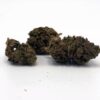











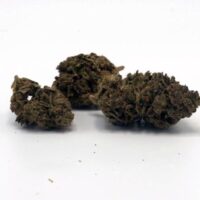


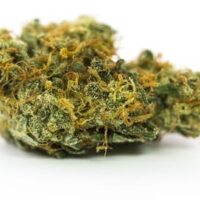
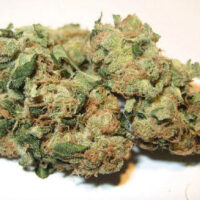
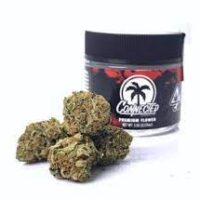
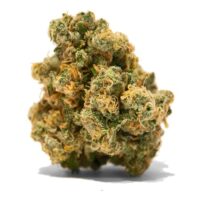
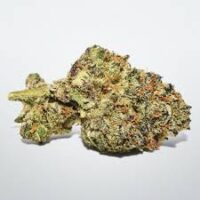

Reviews
There are no reviews yet.